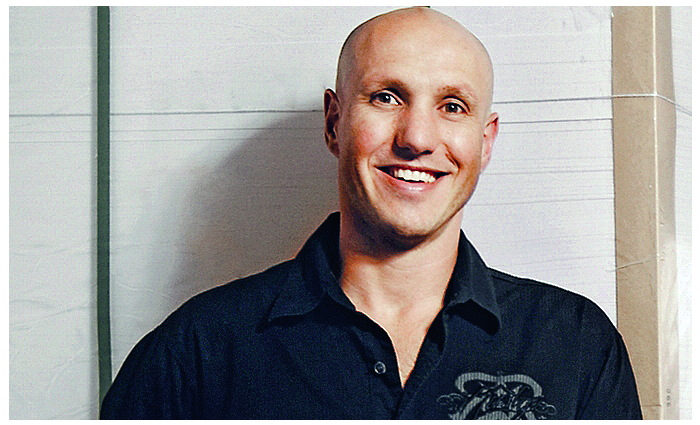
Melbourne trade printer Whirlwind Print is the latest Australian firm to install a Lithrone GL 840-P, continuing a trend towards H-UV capable presses from Komori.
Its purchase of the GL840-P H-UV eight-colour long perfector follows Scott Print’s double Komori H-UV investment last month and recent buys of Komori H-UV offset presses by CMYKhub and Rawson Graphics.
[Related: Scott Print buys double Komori]
The GL840-P will supercede the Whirlwind’s Komori LS 540 and better equip the company for increased short-run volumes and growing its web-to-print business, along with providing a wider substrate range and reduced running costs.
Managing director Andrew Cester says the new press will allow the company to expand its product offering and provide better print quality.
"It will more than double the productivity compared to our old machine, and halve the waste and makeready times," he says.
"We'll only have one pass perfecting, instead of two pass with the LS 540, which gives us much better economies of scale for gang printing."
Whirlwind has been after the press since seeing it at drupa 2012.
Komori is pushing its HU-V technology hard into all parts of the Australian printing industry, having developed it over five years. H-UV allows printing on most substrates with instantaneous drying.
Ferrostaal ANZ general manager Rayne Simpson says H-UV models now make up 75 per cent of Komori’s worldwide sales, including six of the past eight sold in Australia.
“The message that H-UV enables higher print quality is being understood,” he says.
Simpson says the press is ideal for any printer in the short to medium run market, with the focus on speed to market rather than running speed.
“That’s most important for printers and what their customers demand,” he says. “It’s closing the gap between offset and digital presses.”
“Most jobs are over before you even get to 10,000 sheets per hour so there’s no need to run at maximum speeds of 15,000, even though they are capable if and when the run lengths increase.
“The average job run length is 5000 units, and with H-UV and its quick makeready they can be produced far quicker than with a conventional press.
“These are the highest spec Komori GL Series machines, and provide printers with synchronous plate changing systems which change all eight plates in less than 45 seconds.
“The KHS-AI, Komori’s short makeready system, gets to complete makeready in as low as 20 sheets, which is unheard of in offset printing. The press also has Komori’s PQA-S monitoring system which controls print density and checks the print quality of every sheet.”
Comment below to have your say on this story.
If you have a news story or tip-off, get in touch at editorial@sprinter.com.au.
Sign up to the Sprinter newsletter
